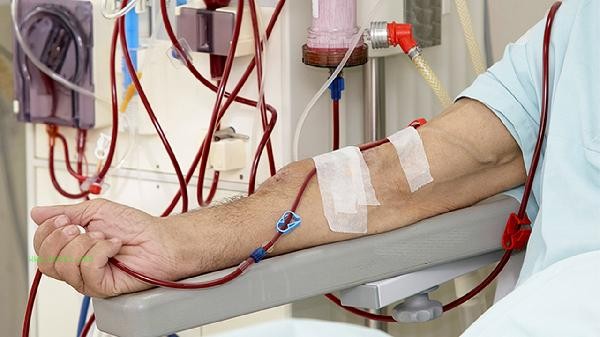The fastest and most effective methods to train arm muscles include compound movement training, isolated movement reinforcement, gradual load increase, reasonable diet coordination, and sufficient rest and recovery.

1. Compound Movement Training
Pull ups and push ups are basic compound movements that stimulate arm muscles. Pull ups mainly target the biceps and back muscles, while push ups can activate the triceps and pectoral muscles. This type of multi joint exercise can simultaneously mobilize multiple muscle groups, promote testosterone secretion, and accelerate muscle growth. It is recommended to conduct 3 training sessions per week, with 8-12 sessions per group, and complete 4 sets.
2. Isolation action reinforcement
Dumbbell bending and rope downward pressure belong to typical isolation training. Dumbbell bending focuses on the peak contraction of the biceps, while rope compression can maintain sustained tension in the triceps. The use of slow centrifugal contraction and peak pause techniques can enhance muscle fiber micro injury. Choose a weight that can be completed 12-15 times during training, and control the inter group rest within 60 seconds.
3. Gradual Load Increase
Increasing training weight or frequency gradually every week is the key to breaking through the plateau period. When a certain weight can be completed 12 times according to the standard, the load can be increased by 5% to readjust. Using pyramid training method, transitioning from light weight high frequency to heavy weight low frequency can simultaneously improve muscle endurance and strength.

4. Reasonable diet combination
Daily intake of more than 1.6 grams of protein per kilogram of body weight, preferably high-quality protein such as chicken breast and egg white. Supplement fast carbohydrates like bananas within 30 minutes after training to promote muscle glycogen recovery. Maintain a daily surplus of 300-500 calories, but control fat intake within 30% of total calories.
5. Adequate rest and recovery
The training interval for the same muscle group should be at least 48 hours, and deep sleep should be ensured for more than 7 hours. After training, use foam shaft to relax fascia, and cold bath can reduce delayed muscle soreness. Overtraining can lead to an increase in cortisol, which in turn inhibits muscle synthesis. The growth of arm muscles requires a combination of training, nutrition, and recovery. In addition to regular composite and isolated movements, it is recommended to record training data daily and take monthly posture photos to compare progress. Avoid training the same muscle group for two consecutive days and be alert to joint compensatory movements. Protein supplementation should be evenly distributed to each meal, and high-fat diets should be avoided 2 hours before training. If there is persistent joint discomfort, adjust the movement mode in a timely manner or seek professional guidance.









Comments (0)
Leave a Comment
No comments yet
Be the first to share your thoughts!